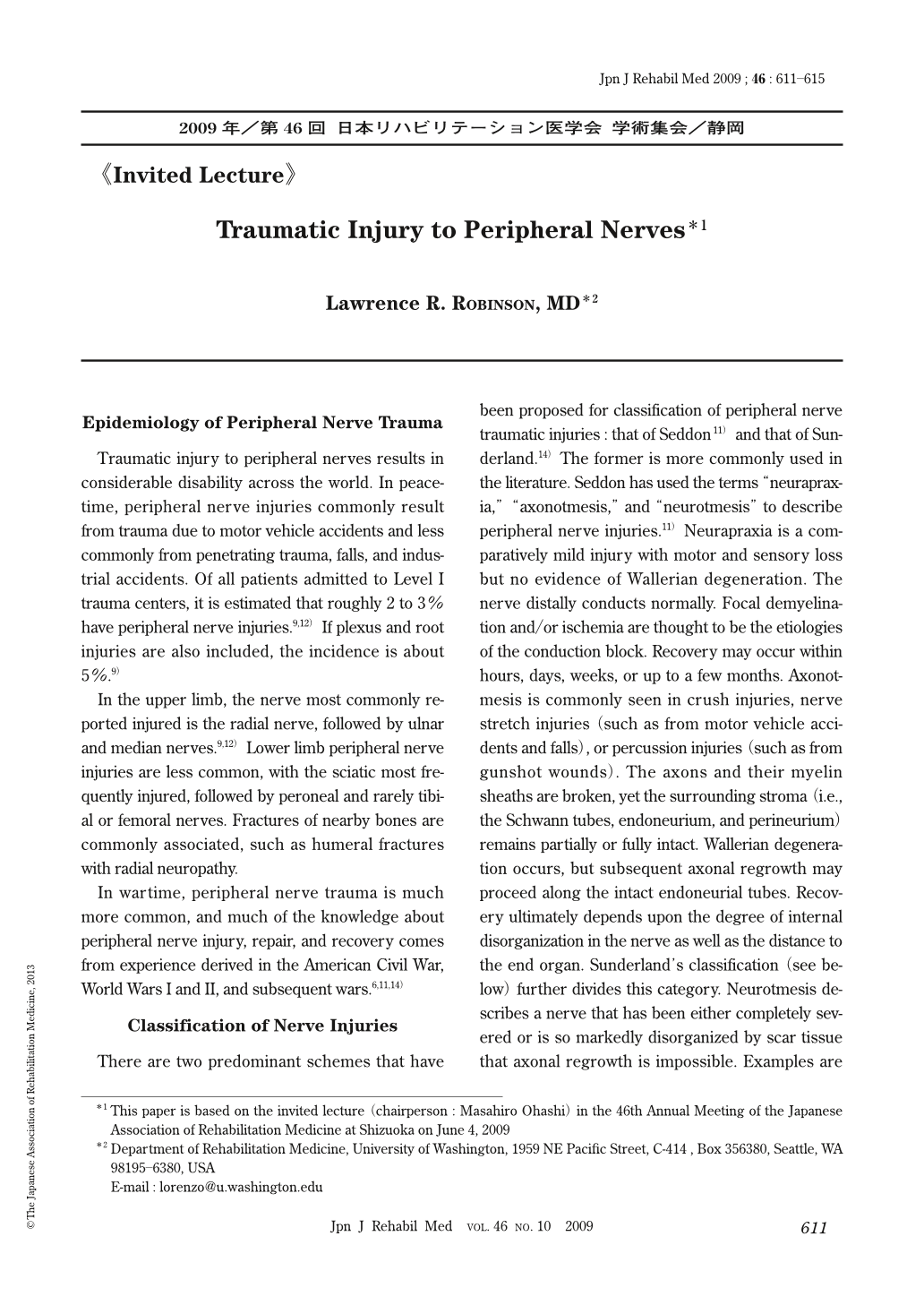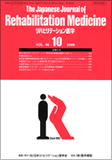Japanese
English
- 販売していません
- Abstract 文献概要
- 1ページ目 Look Inside
- 参考文献 Reference
Epidemiology of Peripheral Nerve Trauma
Traumatic injury to peripheral nerves results in considerable disability across the world. In peacetime, peripheral nerve injuries commonly result from trauma due to motor vehicle accidents and less commonly from penetrating trauma, falls, and industrial accidents. Of all patients admitted to Level I trauma centers, it is estimated that roughly 2 to 3% have peripheral nerve injuries.9,12) If plexus and root injuries are also included, the incidence is about 5%.9)
In the upper limb, the nerve most commonly reported injured is the radial nerve, followed by ulnar and median nerves.9,12) Lower limb peripheral nerve injuries are less common, with the sciatic most frequently injured, followed by peroneal and rarely tibial or femoral nerves. Fractures of nearby bones are commonly associated, such as humeral fractures with radial neuropathy.
Epidemiology of Peripheral Nerve Trauma
Traumatic injury to peripheral nerves results in considerable disability across the world. In peacetime, peripheral nerve injuries commonly result from trauma due to motor vehicle accidents and less commonly from penetrating trauma, falls, and industrial accidents. Of all patients admitted to Level I trauma centers, it is estimated that roughly 2 to 3% have peripheral nerve injuries.9,12) If plexus and root injuries are also included, the incidence is about 5%.9)
In the upper limb, the nerve most commonly reported injured is the radial nerve, followed by ulnar and median nerves.9,12) Lower limb peripheral nerve injuries are less common, with the sciatic most frequently injured, followed by peroneal and rarely tibial or femoral nerves. Fractures of nearby bones are commonly associated, such as humeral fractures with radial neuropathy.

Copyright © 2009, The Japanese Association of Rehabilitation Medicine. All rights reserved.


